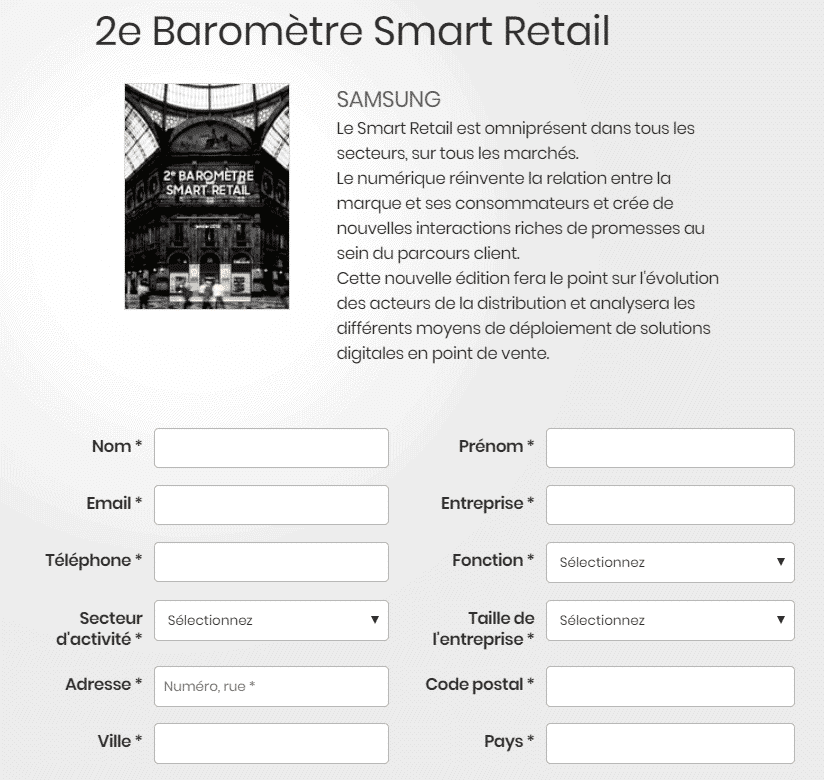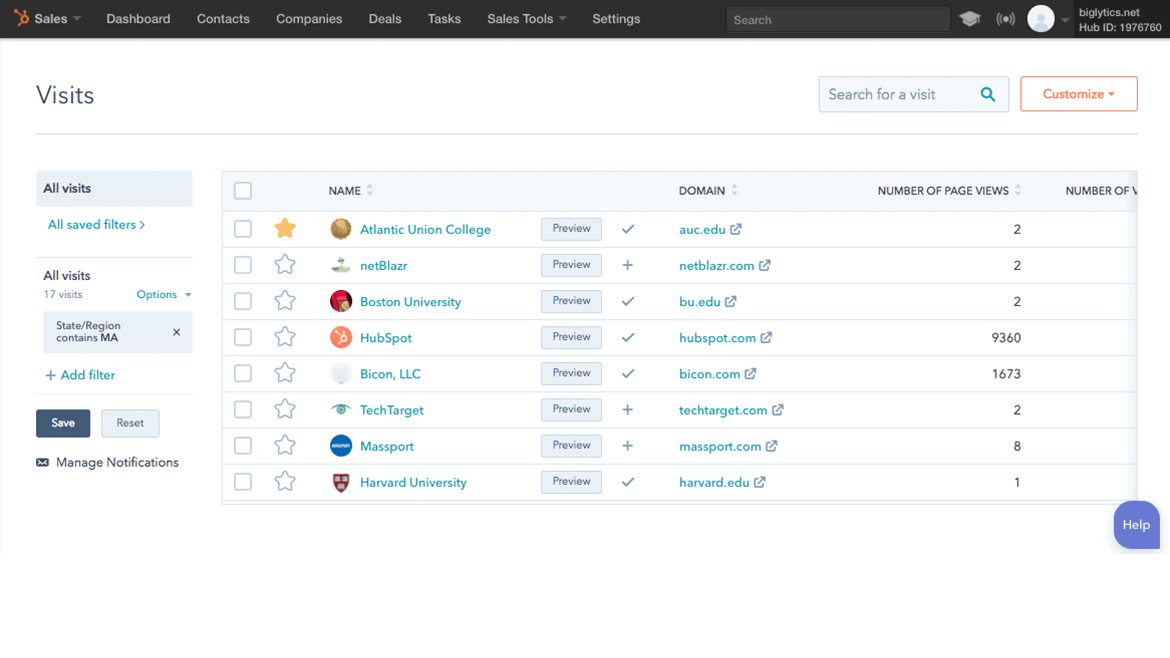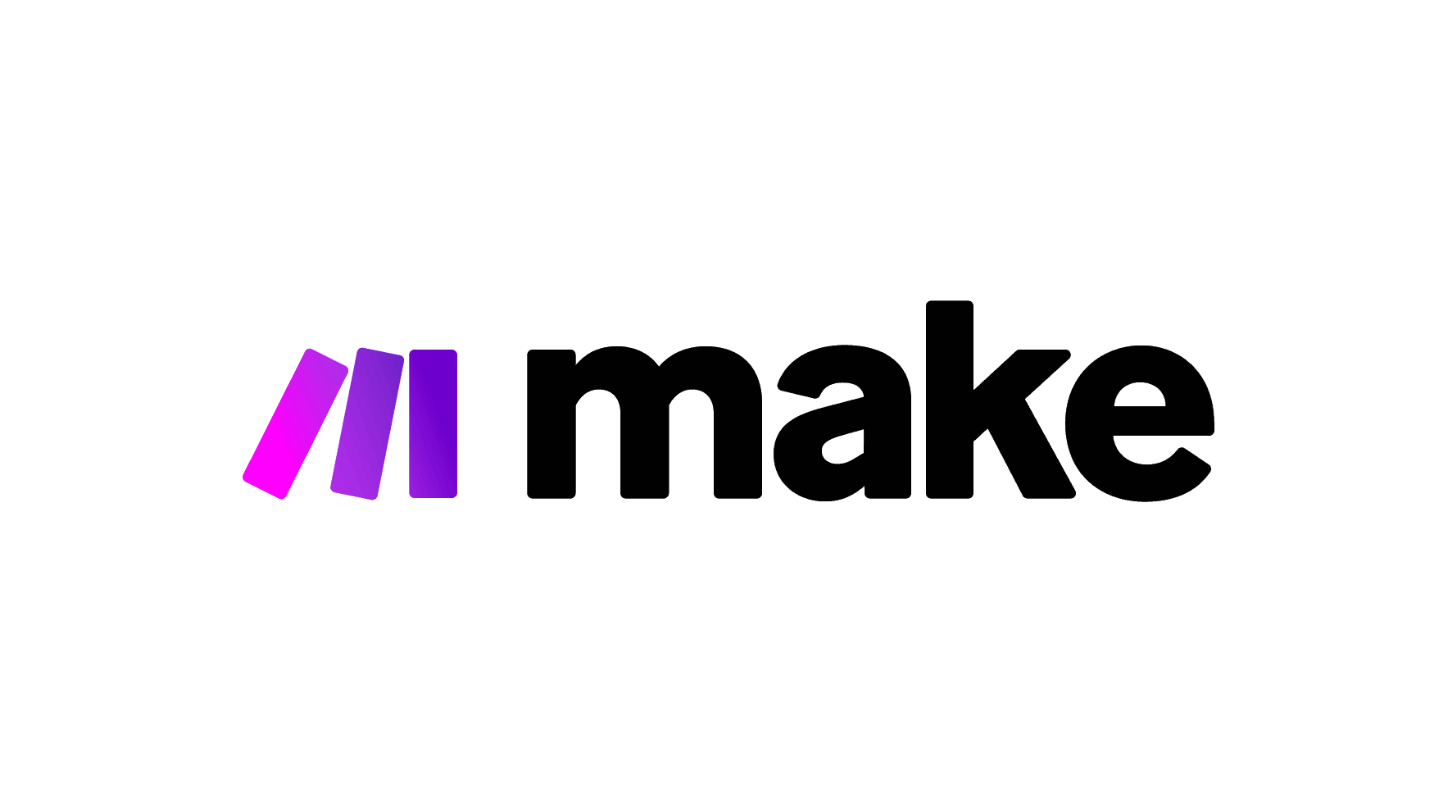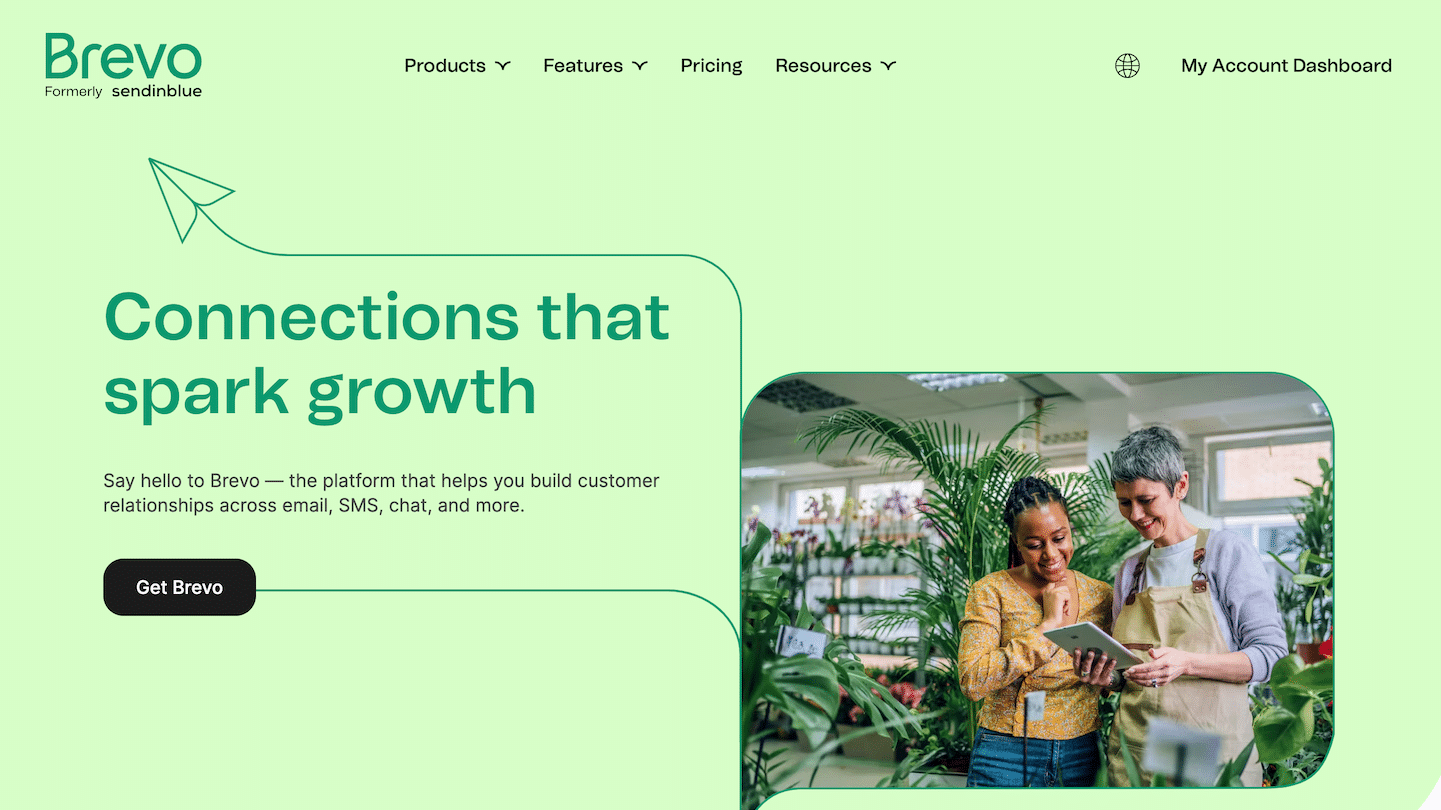84% of marketing databases are of poor quality and therefore not usable. This is the result of a report by NetProspex. According to the same report, basic data such as sector of activity, turnover or number of employees are missing in 88% of the files.
At the same time, the marketing technology (MarTech) landscape has been growing rapidly for several years. However, despite the growth of these technologies, B2B marketers continue to see the ROI of their actions weakened by incomplete customer data.
Forms don’t collect all the data you need. If you want to get more out of your marketing automation software and improve your marketing performance, you need to enrich your leads by collecting more data about them. Enriching your lead data is an essential part of today’s inbound marketing strategy.
We will start with a quick reminder of what lead nurturing is. Then we will present 8 use cases of lead nurturing. Enjoy your reading.
Sommaire
What is data enrichment?
Contact enrichment refers to all the techniques aimed at enriching the information you have on your contacts. Once you have captured a contact/lead, you inevitably have information about him: the surname, first name, email, company, and even other information about the company and its needs. But this information is often insufficient. The more data you have about your contacts, the better you can qualify them, understand their needs and expectations and refine your marketing automation scenarios / email campaigns. It is therefore crucial to enrich your contact data.
The enrichment of leads can be done :
- Manually. Example: by calling the lead to ask about their company, their needs, their objectives, etc.
- Automated, using lead enrichment software in conjunction with third party data providers.
No matter how you organise your lead nurturing, it is bound to be affected by the following 8 use cases.
Discover the best tools for generating leads from LinkedIn.
#1 Reduce the size of forms
It is well known that the shorter a form is, the higher its conversion rate (all other things being equal). A form with 15 fields will always have a lower conversion rate than the same form with only the 5 main fields. All A/B tests show this. And often, the conversion gap is enormous. It is therefore advisable to limit the number of questions in your forms, by concentrating on priority data: surname, first name, email, company website, job title, etc. However, everyone will agree that your sales people need more data to qualify leads: telephone number, number of employees, address, sector of activity, CMS used, etc.
It’s true that there is a dilemma. Less data collected in forms means more leads collected but potentially lower lead to customer conversion rates. Your marketing automation platform needs a lot of high quality data to run at full power. Having less data can reduce the effectiveness of your marketing actions. There is a balance to be found. But one thing is for sure: doing lead nurturing allows you to collect information later, and therefore reduce the size of forms without missing out on essential data.
#2 Identify and eliminate fields that have a negative impact on conversion
A study by UnBounce showed that asking for the phone number reduced the conversion rate of the form by 5% on average. There are a number of pieces of information that leads are reluctant to give: turnover, Twitter and LinkedIn accounts, address, age, etc. Eliminating unnecessary fields can significantly increase the conversion rate of forms and potentially save you a lot of money. Possibly do some A/B testing to analyse the impact of your different fields on conversion, comparing forms with and without. Again, don’t forget that there are other ways to collect information about your leads: removing some fields from your landing page form can be compensated for by using lead enrichment techniques or technologies.

Read our full guide to lead qualification.
#3 Collect more information about your leads to better personalise your messages
Emails with a personalised subject line have a 50% higher open rate than emails with a generic subject line. However, some companies have not yet taken the plunge and personalised their mailings. Why is this? Marketers today have the tools to implement this personalisation. They have the technology. They have the know-how. They themselves are convinced of the importance of personalisation. 75% of marketers think that the personalisation of content is very important. What are they missing? Data. The data that makes the difference and that will allow them to better segment their file and to personalise the content of the messages sent via custom fields.
#4 Recognise the IP address of visitors to your site
Most marketing automation and web analytics tools allow you to know and analyse the behaviour of unidentified, unknown visitors. HubSpot Prospects is one such tool. It allows you to recognise the IP address of visitors and, from there, to retrieve a lot of information about your unidentified visitors: company name, location, number of visits, etc. Once you have identified a few dozen recent visitors to your site who have the characteristics of your target clientele, you can try to reach them through outbound campaigns.

Discover 20 high potential lead generation techniques.
#5 Set up a lead scoring system
Lead Scoring consists of ranking leads according to their value and maturity level. This ranking is based on a number of criteria relating to :
- Lead behaviour: page views, time spent on the site, videos viewed, clicks, etc.
- Their firmo-demographic profile: company, department, function, company size, address, sector of activity, turnover, etc.
Only a small proportion of new leads are ready to buy. In the majority of cases, an individual who has turned into a lead (by downloading content, for example) is not “sales-ready”. This is why leads need to be qualified, or ” nurtured ” as they are called. This work is done by marketing. This nurturing phase is fed by the information you have on your leads, hence the interest, once again, of lead nurturing. This information makes it possible to personalise the sharing of content and messages, but also to refine the scoring.
Find out how to build a Lead Scoring strategy.
#6 Identify the right qualification criteria to improve the quality of your leads
Let’s say you regularly go to trade fairs. Thousands of people have visited your stand, you have gained hundreds of contacts. Half of them are B2B contacts, the other half are B2C contacts. Except that, problem is, you only sell to B2B customers. How long will it take your sales people to split the B2B and B2C contacts? They’ll have to visit each website, but sometimes they’ll also have to call, because it’s not always clear whether a company is B2B or B2C from its website. The real solution is to put in place a system, techniques to attract only leads that are relevant to your target, leads that are likely to turn into customers of the company. Improving the quality of incoming leads will inevitably have a positive impact on your conversion rates and therefore on the productivity of your sales team.
The bottom line is this: lead nurturing makes it much easier to discriminate between leads and focus on the “right” leads. To take the example above, retrieving information about the company’s target type (B2B and B2C) will allow you to sort out the leads generated from the start.
#7 Make key data available to your sales people
It is estimated that salespeople spend on average only one third of their working time selling, i.e. doing their job… Several studies are regularly published on the subject. Several studies are regularly published on the subject, and the results are more or less always the same. What do they do the rest of the time? How do they spend their time? Essentially, they do manual research on prospects and data entry. Before a call, a salesperson does two things: type the company name into Google and go to LinkedIn. Using data enrichment technologies frees up a lot of your salespeople’s time and helps them focus on the activity that really adds value: selling.
Find out how to write the perfect prospecting email.
#8 Giving new life to your lost leads
You may have a file of leads called “Lost Leads”. They are probably gathering dust as you read this article! Budget, timing, competition, etc. Many things can change over time. Companies raise funds, marketing priorities change, new contact channels are developed, the company’s organisation evolves. The product or service offering may also change, and the target audience with it. What to do with your old lists? Undoubtedly, they retain value, unless you know how to exploit them. Lead nurturing can be used to find out more about who is behind these abandoned lead lists and how to use them for new purposes.
As you can see, lead nurturing can only be beneficial to your organisation and the sales performance of your business. These use cases provide an insight into some of the possible uses of this technique. We hope that reading this article has given you some insight into the practice of lead nurturing.






